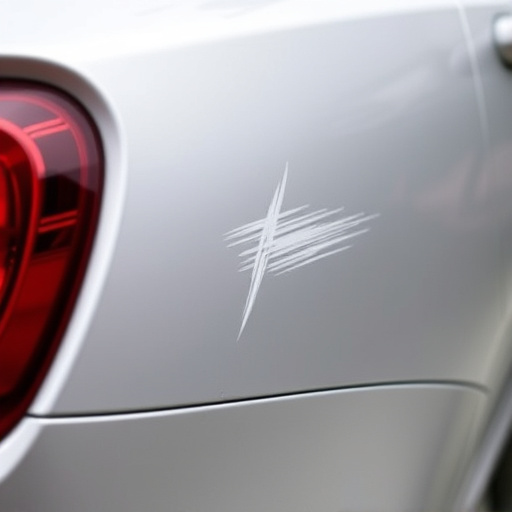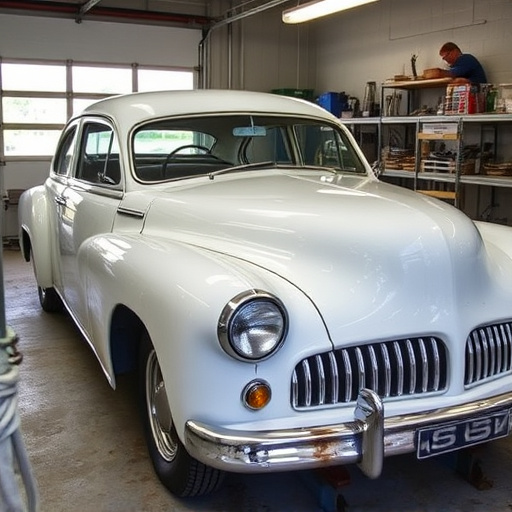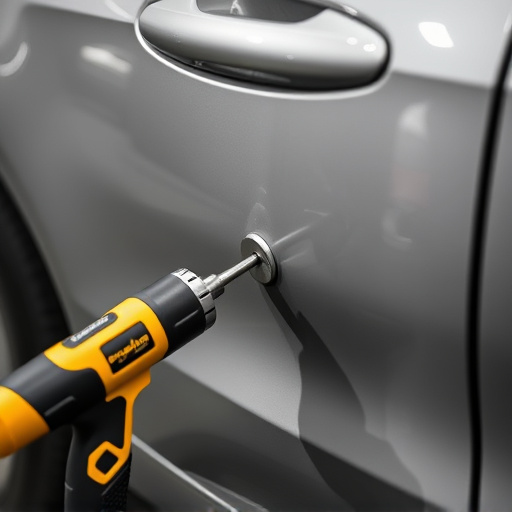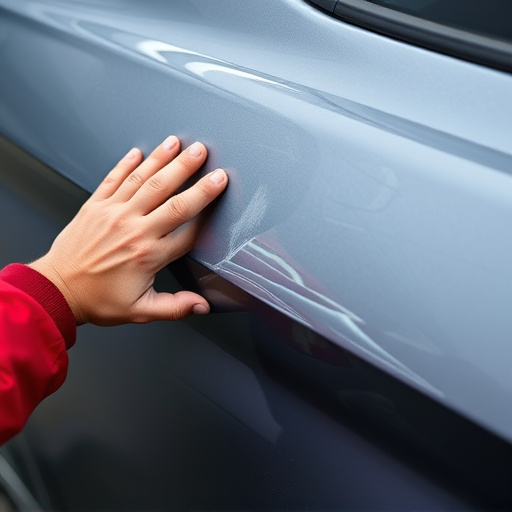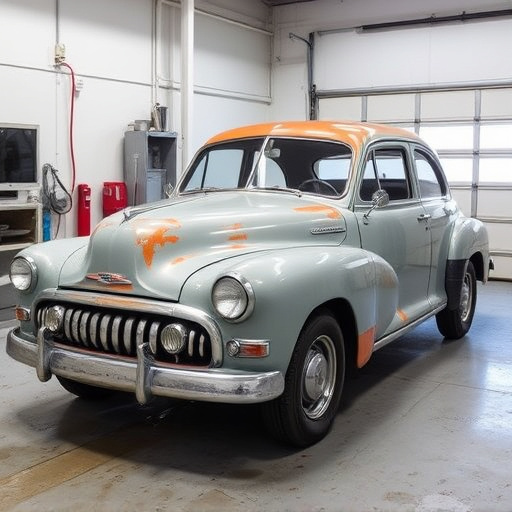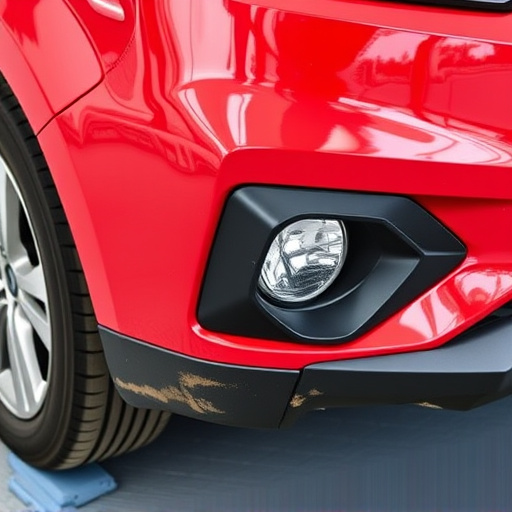The Mercedes OEM windshield is known for its superior quality, safety features, and compatibility with Mercedes models, though it's more expensive than aftermarket options. Aftermarket glass is a cost-effective alternative but varies in quality; choosing certified, high-quality glass ensures safety and long-term performance. Prioritizing quality means the OEM windshield offers better fit, structural integrity, and specialized design benefits, making it a more reliable choice for Mercedes owners.
When it comes to replacing your Mercedes’ windshield, you have two primary options: Mercedes OEM glass or aftermarket. Each has its merits and drawbacks. This article delves into the intricacies of both, focusing on quality and cost for Mercedes OEM glass, as well as benefits and risks associated with aftermarket alternatives. By exploring key factors to consider, drivers can make informed decisions tailored to their safety and budget.
- Mercedes OEM Windshield: Quality and Cost
- Aftermarket Glass: Benefits and Risks
- Factors to Consider for Replacement
Mercedes OEM Windshield: Quality and Cost
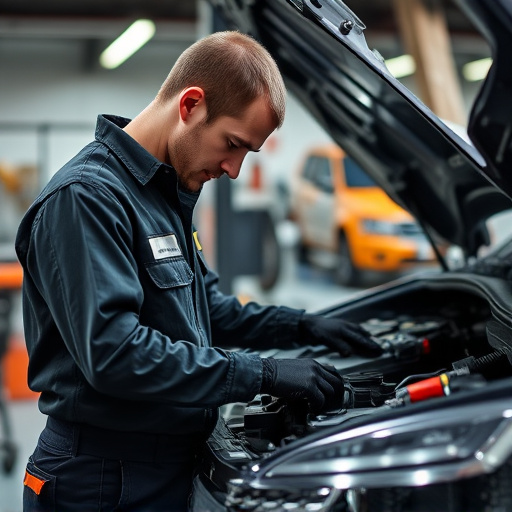
When it comes to quality, the Mercedes OEM windshield is often considered the gold standard for a reason. Manufactured by the same company that makes the car itself, these windshields undergo rigorous testing and adhere to stringent quality control measures. This ensures not only superior optical clarity but also optimal safety performance, aligning perfectly with Mercedes-Benz’s reputation for luxury and reliability.
In terms of cost, the Mercedes OEM windshield reflects its high-quality standards. While it might be more expensive than aftermarket options, the investment is justified by its superior durability, warranty coverage, and compatibility guaranteed to fit your specific Mercedes model seamlessly. Many car body shops recommend this option for its long-term benefits, especially when considering that a quality auto glass replacement can significantly enhance safety features and overall vehicle performance in case of an accident or damage.
Aftermarket Glass: Benefits and Risks

Aftermarket glass for Mercedes OEM windshields offers a range of benefits that make it an attractive option for many vehicle owners. One significant advantage is cost-effectiveness, as aftermarket glass typically costs less than OEM parts, making auto repair near me more accessible and affordable for folks looking to replace their damaged windshields. Additionally, with a vast availability, finding the right fit for your Mercedes model can be swift and easy. This convenience is especially appealing when navigating collision repair services.
However, there are risks associated with using aftermarket glass. Quality control is a primary concern; not all aftermarket products meet the same safety standards as OEM parts. Using subpar glass could compromise the structural integrity of your vehicle’s windshield, posing potential safety hazards during driving. Therefore, it’s crucial to ensure that the auto body repair shop you choose uses high-quality, certified glass from reputable manufacturers. This attention to detail will help safeguard both your safety and the long-term performance of your Mercedes’ windshield.
Factors to Consider for Replacement
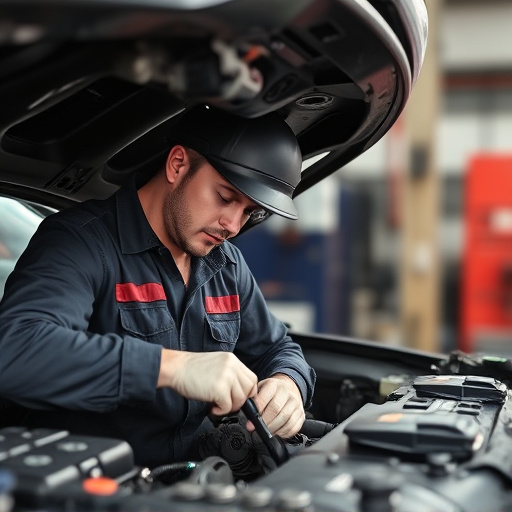
When considering a Mercedes OEM windshield replacement versus an aftermarket option, several factors come into play. First and foremost, quality is paramount. The original equipment manufacturer (OEM) glass from Mercedes is designed specifically for your vehicle’s make and model, ensuring a perfect fit and superior structural integrity. This precision engineering reduces the risk of cracks or misalignments that can compromise safety and visibility.
Additionally, OEM windshields often come with enhanced features such as laminated glass for better impact resistance and noise reduction. They are also treated to resist heat and UV rays, providing both comfort and protection for the vehicle’s interior. While aftermarket glass may be more affordable, it might not offer the same level of quality control and specialized features that OEM parts provide. Ultimately, choosing a Mercedes OEM windshield ensures a seamless, safe, and potentially longer-lasting replacement for your vehicle.
When deciding between a Mercedes OEM windshield and aftermarket glass, understanding the pros and cons of each is key. While Mercedes OEM windshields offer superior quality and performance, they come at a premium cost. Aftermarket glass, on the other hand, provides a more affordable option but may carry certain risks related to fit, finish, and safety standards. Considering factors like warranty coverage, local regulations, and personal preferences will ultimately guide your decision in choosing the best replacement for your Mercedes.

